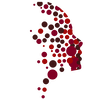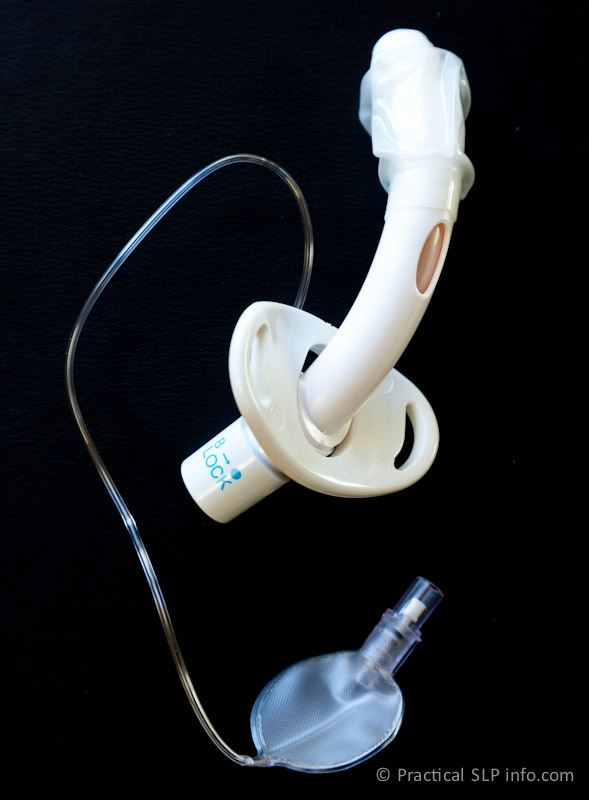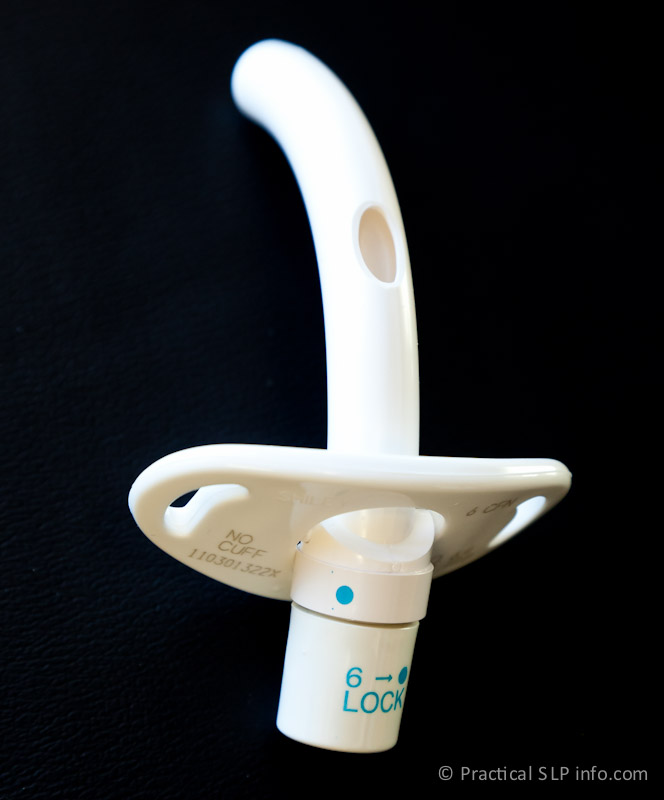A “cuff” refers to a balloon type structure located around the outer cannula, below the curvature, at the upper portion of the lower 1/3 of the tracheostomy tube and can be inflated and deflated as needed. A cuff can be inflated with air to fill the space in the trachea between the tracheal wall and the outer cannula which is necessary for various reasons/conditions.
Standard tracheostomy tube are designed as “cuffed” or “cuffless” and your doctor will decide which tube is most appropriate for you.
Cuffed tubes are most often used during mechanical ventilation. In this case, the cuff seals the airway so that the breaths being delivered by the ventilator (respirator) are delivered directly to the lungs. Without proper cuff inflation, the delivered breath (or a portion of it) would escape around the tube and out the nose and mouth without going to the lungs.
Standard tracheostomy tube are designed as “cuffed” or “cuffless” and your doctor will decide which tube is most appropriate for you.
Cuffed tubes are most often used during mechanical ventilation. In this case, the cuff seals the airway so that the breaths being delivered by the ventilator (respirator) are delivered directly to the lungs. Without proper cuff inflation, the delivered breath (or a portion of it) would escape around the tube and out the nose and mouth without going to the lungs.
Cuffs can also be inflated to help protect the airway and lungs from foreign material. For example, if a patient is unable to swallow their saliva properly, these secretions may overflow in the throat and enter the windpipe, resulting in “aspiration.” Even aspiration of saliva has the potential to make someone very sick because of the bacteria it introduces to the sterile lungs. In this case, a cuffed tube may be indicated. With proper inflation of the cuff (“sealing the trachea”), the lungs are better protected from the saliva.



